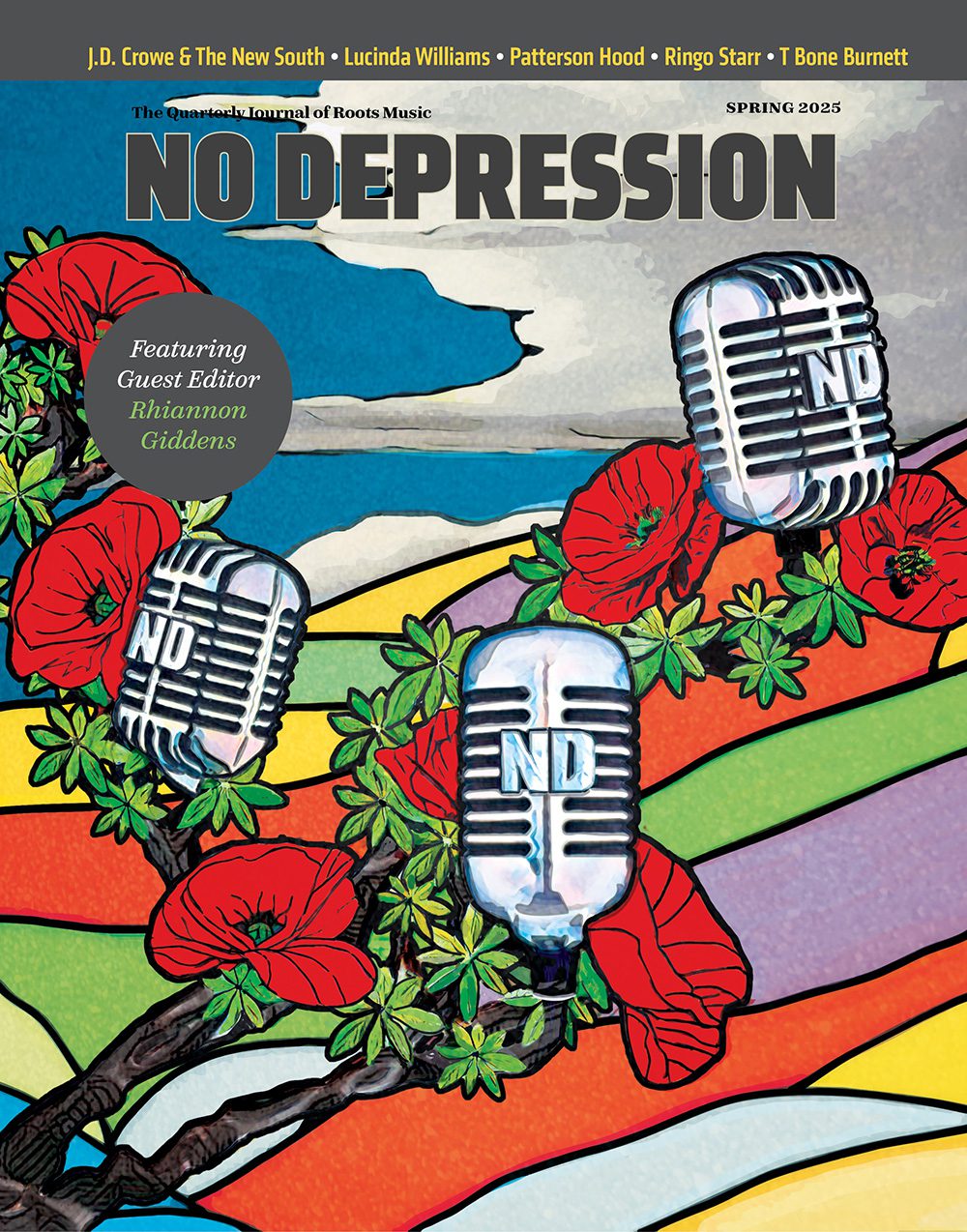
The Clientele’s latest, Music for the Age of Miracles, marks a return to the more casual production, folkish instrumentation, and atmospheric soundscapes introduced on the band’s debut, Suburban Light (track 3 of which, “Reflections after Jane,” I’d include in my all-time top 10 of dream-pop tunes). The opening song, “The Neighbor,” reminds me how much I’ve missed Alasdair MacLean’s uber-Brit annunciations, his voice dripping with reverb and melancholy. The song’s chorus soars celestially, bassist James Hornsey and drummer Mark Keen contributing understated and tasteful rhythms. Backup vocals punctuate throughout, echoing nuances of Revolver or Pet Sounds.
Despite the exquisitely trancelike quality of many Clientele songs, anxiety and apprehension have consistently and subtly permeated the band’s oeuvre. Comparisons to Nick Drake and Elliott Smith are inevitable, though the more significant connection, existentially if not stylistically, is to early Pink Floyd—Piper at the Gates of Dawn and A Saucerful of Secrets—projects that drew from and added substantially to the pop and psychedelic reservoirs (unfortunately eclipsed by the mega-successful and uber-nihilistic 1973-1979 tetralogy).
“Lunar Days,” for example, affirms the bitter-sweet tone of the album, reminiscent of a young Syd Barrett (pre-breakdown). “Late November and you’re lost in the leaves,” MacLean sings, conjuring Yeats or Dylan Thomas. “This is the year that the monster will come,” he adds, seguing from the elegiac to the apocalyptic, from the lyrical to the confessional (a la Robert Lowell or Anne Sexton), and back (Syd, I suppose, never made it back); the song ending with melodic hums and an instrumental flourish that stir images of a string quartet playing in an English garden.
The three instrumental tracks—“Lyra in April,” “Lyra in October,” and “North Circular Days”—will remind some listeners of Eno or the austere aspects of Arvo Pärt; i.e., apt complements to the vocally driven tracks; other listeners will perceive them as akin to novelistic subplots or discursions that fail to connect to primary themes or tones (cf. ongoing arguments re Moby Dick). I’d suggest that they occur as placeholders, albeit pretty damn good placeholders, each piece centering on simple but evocative parts; much like “flash music,” short but complete compositions possibly conceived in the studio.
The final track offers irresistible melodies and is similar in tempo and tone to the album’s opening song, the project concluding on an elliptical note, congruent with the nonlinear and open-ended nature of many dreams. MacLean sings, “Lately I’ve been living like I’m so far away / like I’m somebody else / in some other place.” The listener leaves Music for the Age of Miracles finding himself in a bardic realm, keenly aware of a heightened sense of (egoic) dislocation, an upturning of the habitual relationship with space and time.
While Suburban Light may have served as a template for Music for the Age of Miracles, The Clientele’s latest release is neither a duplication of nor an improvement on the memorable debut. Rather, it illustrates the band innovatively reinterpreting its beginnings but falling short of reinvention. For what it’s worth, I’d suggest that Music for the Age of Miracles is the band’s third best album (behind the debut and second set, The Violet Hour, and just ahead of their fifth album, Bonfires on the Heath). I’m curious to see if the process of creating and producing Music for the Age of Miracles backs the band into a proverbial corner or provides ongoing inspiration, an opportunity to further reconcile default talents with unconsidered possibilities.


